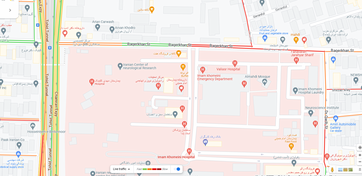Vascular lesions of head and neck region: A pictorial review
.png)
Vascular lesions in the head and neck region encompass a wide spectrum of malformations and tumors, ranging from hemangiomas to arteriovenous fistulas. The International Society for the Study of Vascular Anomalies classification system categorizes these anomalies into vascular tumors and malformations. Vascular tumors are further divided into benign, borderline, and malignant types, while vascular malformations are classified based on flow characteristics as high or low flow. Accurate delineation of these lesions is crucial due to their clinical implications, particularly their location and potential involvement of adjacent structures. Imaging modalities such as ultrasound, computed tomography, magnetic resonance imaging, and digital subtraction angiography play a vital role in diagnosis, surgical planning, and follow-up. Ultrasound is useful for superficial lesions, while computed tomography and magnetic resonance imaging provide detailed information on deep-seated anomalies. Vascular tumors include benign lesions like hemangiomas and pyogenic granuloma, borderline tumors such as hemangioendothelioma, and malignant tumors like angiosarcoma and Kaposi sarcoma. Vascular malformations include venous, lymphatic, capillary, arteriovenous malformations and combined lesions like lymphangiohemangioma. Each type has distinct imaging features, with magnetic resonance imaging being particularly valuable for assessing soft tissue involvement and lesion extent. This review highlights the importance of imaging in the diagnosis and management of head and neck vascular anomalies, emphasizing the need for a multidisciplinary approach to optimize patient outcomes.





ارسال نظر